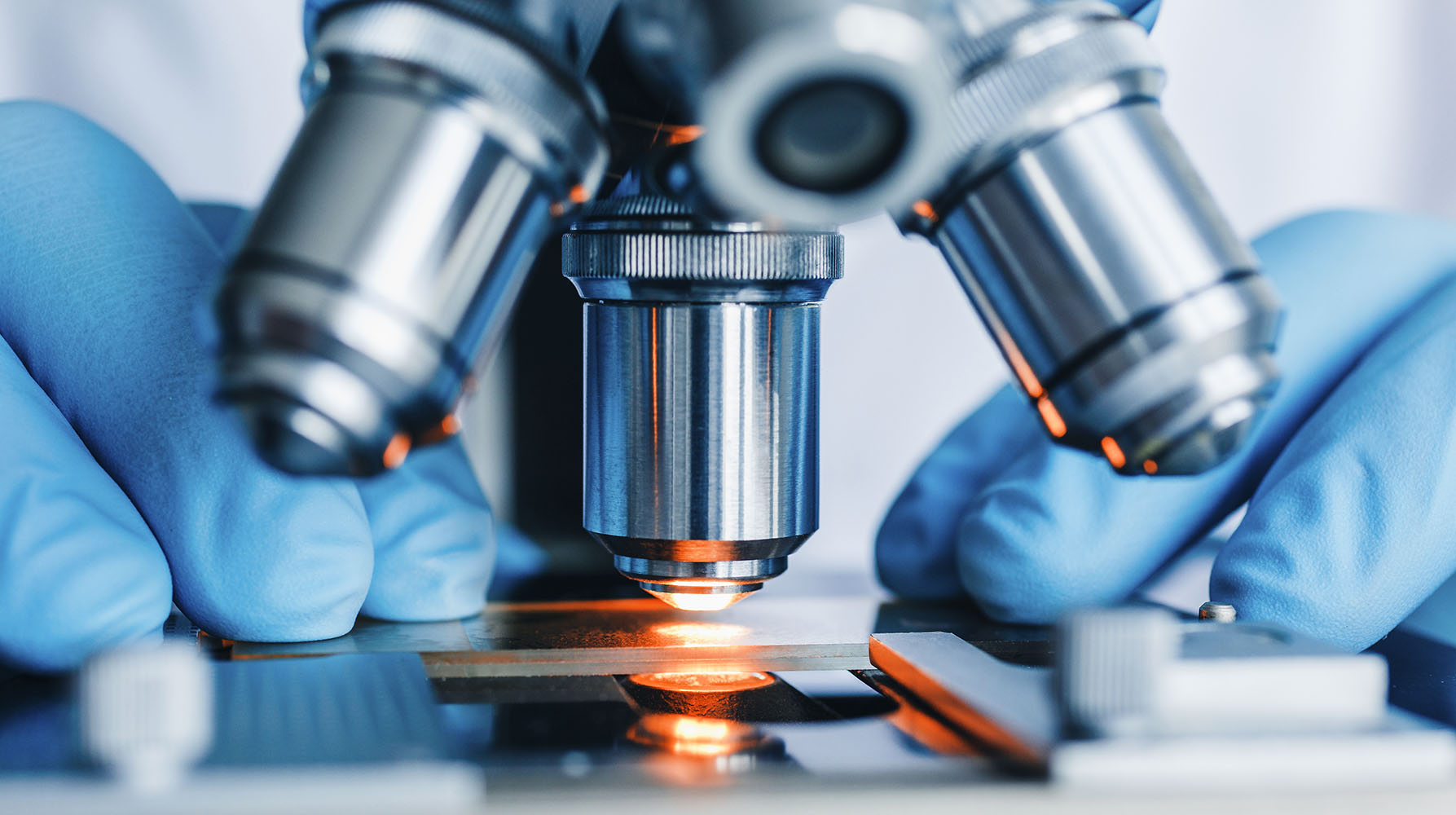EUIPO trade mark decision makes protection for medical devices harder to achieve
Published on 26th Oct 2021
Boehringer's EU shape trade mark for its HandiHaler declared invalid for performing a technical function

In Glenmark Pharmaceuticals v Boehringer Ingelheim (C-37137), the European Union Intellectual Property Office (EUIPO)'s Cancellation Division (CD) recently declared Boehringer's EUTM No 1243484, a shape mark in the form of a chronic obstructive pulmonary disease (COPD) inhaler, invalid on the basis that the essential characteristics of the mark performed a technical function contrary to Articles 52(1)(a) and 7(1)(e)(ii) of the EU Trade Mark Regulation (CTMR).
This cancellation decision is significant because:
- it underscores the difficulty in maintaining registered trade mark protection for medical devices, such as respiratory inhalers;
- the CD has confirmed that patents for the same medical device may inadvertently constitute prima facie evidence of trade mark invalidity;
- if it is now more difficult to secure effective trade mark protection for medical devices, life sciences companies should consider registered design protection as an alternative form of IP protection.
Glenmark's case
Glenmark filed a request for a declaration of invalidity of Boehringer's HandiHaler shape mark covering goods in Class 10 ("instruments and apparatus for the inhaling of pharmaceutical preparations, namely dry powder inhalers for the treatment of COPD").
It put forth a range of invalidity arguments, including the argument that the characteristic features of the contested mark were necessary to obtain a technical result.
Glenmark noted that Boehringer had applied for a number of patents, which it argued clearly de-scribed the technical characteristics of the inhaler depicted in the contested mark and its functional elements.
In particular, Glenmark maintained that a US patent held by Boehringer set out the functionality of characteristic features of the device, namely: the medicine container, the mouthpiece, the lid, and the button. Additionally, it contended that the shape of the device itself fit the palm of a hand, allowing the patient to easily hold, carry, and store the inhaler, which also amounted to a technical function.
Glenmark pointed to the EUIPO Guidelines, which state that in the context of shape marks, if the relevant shape mark has been the subject of a claim in a registered patent or patent application then this constitutes prima facie evidence that the aspects of the shape identified in the patent/application are functional and necessary to achieve a technical result.
Glenmark maintained that it was irrelevant whether another shape could be used to achieve the same effect as it would be legally unacceptable to allow a single person to monopolise a technical solution.
Boehringer's case
Boehringer claimed that the contested mark had a presumption of validity as it had been registered since 2000. It maintained that the essential characteristics (the convex-shape and flip-top opening) are independent of the inhaler's function to deliver medicine to patients. Boehringer asserted that the contested mark possessed a "striking and outstanding character", pointing to several design awards it had won at the filing date. Moreover, it claimed that the mark had acquired distinctiveness through its use in the EU.
Boehringer rejected Glenmark's assertion that all parts of the shape of the contested mark are necessary to obtain a technical result, in particular maintaining that the lower part and the lid did not serve a technical function. Additionally, it argued that the external appearance of the device was either largely or entirely independent from its inhaling function.
Boehringer also rejected Glenmark's argument that its patents were evidence of the technical function of the mark. It maintained that the patents either do not mention an inhaler or the shape at all or they do not attribute a technical function to the shape or make reference to the necessity of the particular shape.
Absolute grounds for invalidity – the relevant law
Article 7(1)(e)(ii) CTMR, states that a mark shall not be registered where the signs consist exclusively of the shape of goods which is necessary to obtain a technical result.
The CD noted that Article 7(1)(e) CTMR specifically pointed out certain shape marks by listing specific grounds for refusal of their registration but that Article 7(1)(e)(ii) CTMR is aimed at ensuring that only shapes that solely produce a technical result (and therefore impede the use of a technical solution by others) are prevented from being registered. It further noted that even if the shape of goods that is necessary to obtain a technical result has become distinctive by virtue of its use, it is still prohibited from being registered as a trade mark.
The outcome
The CD found that Boehringer's patents set out the different functions and workings of each piece of the device, which appeared to be of the same shape as the contested mark. It held that the following characteristics all performed a technical function:
- The outward shape and grip allows the user to the hold the device between their fingers in order to hold it safely and/or comfortably.
- The bottom is flat so that it can be stored easily or placed on a surface while the medicine capsule is inserted.
- The outer housing fits around the medicine chamber.
- The windows allow the user to check whether a capsule is inside the device.
- The hinge between the bottom and top of the device and the actuating button allow the mouthpiece not to be contaminated so that the patient does not inhale dust or other pollutants while inhaling the medicine.
- The hinge allows the top to flip open and closed.
- The button both flips open the top and also pierces the medicine capsule to allow the medicine to be inhaled via the mouthpiece, which can also be moved to allow a capsule to be inserted into the device.
Thus, the CD concluded that each piece of the device and its shape served a specific technical function (and it was not necessary for the function to be the same for each of the characteristics). It also highlighted that the fact that the same technical function could be achieved with another shape or design was irrelevant as it was merely necessary to show that the shape depicted in the contested mark is necessary to obtain a technical function.
The fact that Boehringer had won awards for the design of the device was not evidence that the de-sign was not functional. As such, the CD concluded that the essential characteristics of the Boehringer's shape mark (and therefore the mark as a whole) were exclusively functional and thus necessary to obtain a technical result and therefore the registration was invalid.
Importantly, Boehringer's claim of acquired distinctiveness through use does not apply to Article 7(1)(e)(ii) CTMR as it only applies as a defence to objections made under Article 7(1)(b) to (d) CTMR.
Osborne Clarke comment
Subject to an appeal, this decision is another in a line of cases that makes it increasingly difficult for life sciences companies to maintain effective trade mark protection for medical devices, such as respiratory inhalers.
It highlights the important role a trade mark holder's patents can play in determining whether the essential characteristics of a mark serve a technical function. The essential characteristics of a mark must not be tied to technical functions detailed in any related patents or patent applications. Such a connection will constitute prima facie evidence of necessity for achieving a technical result. It is also important to remember that the technical function need not be the same for each characteristic and, indeed, it was not in this case. The use of features such as a lid to prevent contamination of the mouthpiece of the inhaler can be deemed to be a technical function.
Trade mark holders will need to consider carefully what technical functions the essential characteristics of a shape mark might serve and omit references to design features that do not serve technical functions from related patents to avoid them being used as prima facie evidence of their necessity for achieving a technical result.
The alternative is to consider registered design protection as a more appropriate form of IP protection for the shape of medical devices. An easier route to registration, a 12-month novelty grace period and a substantial deferment of publication (to maintain confidentiality) are just some of the benefits of the registered design regime.





